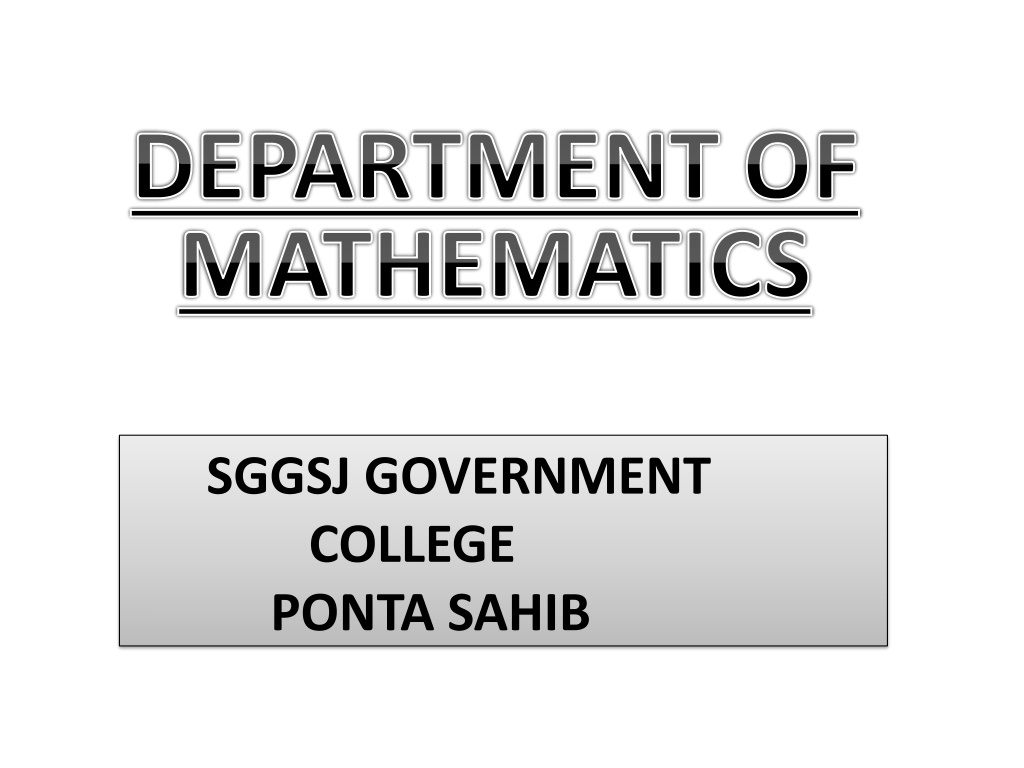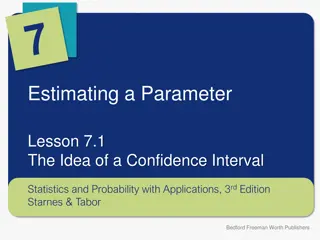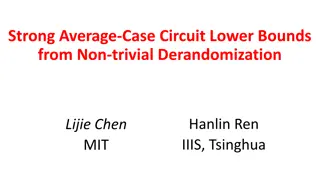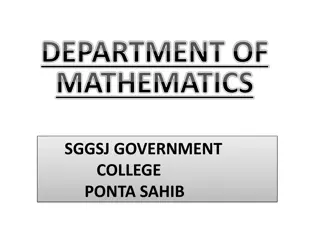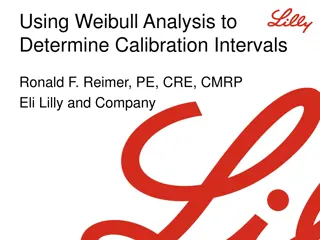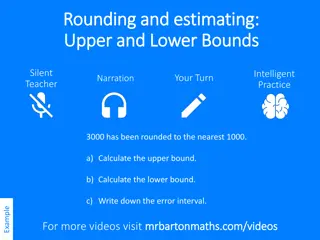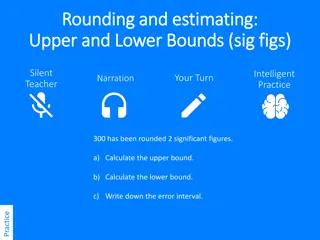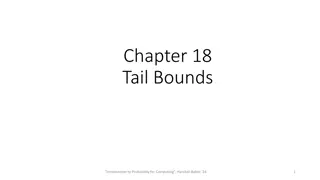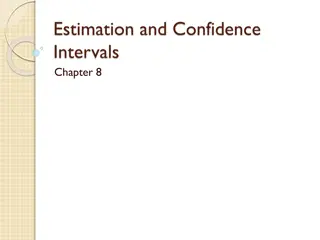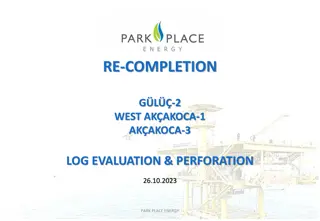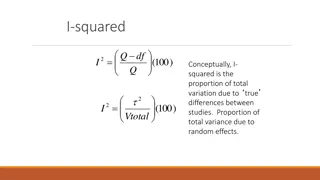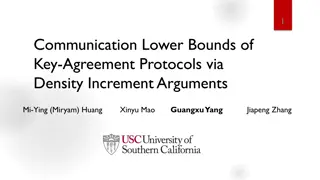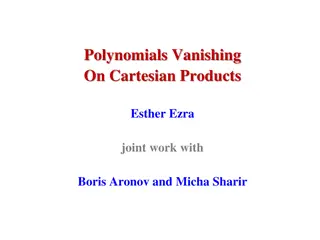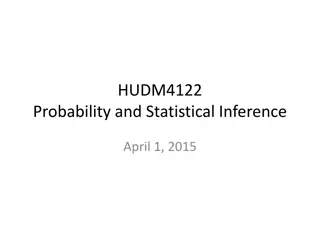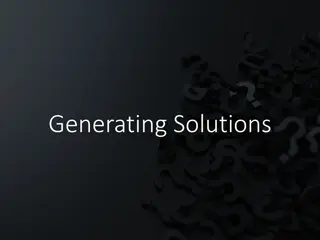Understanding Real Analysis: Intervals, Bounds, and Problem-solving
Explore the concepts of intervals and bounds in real analysis, including open and closed intervals, semi-closed intervals, least upper bound, and greatest lower bound. Learn how to solve problems based on intervals and bounded sets through detailed explanations and examples.
Download Presentation

Please find below an Image/Link to download the presentation.
The content on the website is provided AS IS for your information and personal use only. It may not be sold, licensed, or shared on other websites without obtaining consent from the author. Download presentation by click this link. If you encounter any issues during the download, it is possible that the publisher has removed the file from their server.
E N D
Presentation Transcript
DEPARTMENT OF MATHEMATICS SGGSJ GOVERNMENT COLLEGE PONTA SAHIB
COURSE NAME : REAL ANALYSIS COURSE NAME : REAL ANALYSIS COURSE CODE : 201TH COURSE CODE : 201TH
CONTENTS CONTENTS Intervals Bounds : i. Greatest lower bound ii. Lowest Upper Bound Problems based on intervals and the bounded sets
INTERVALS Let a and b be the two distinct real numbers with a < b (say) then , (i) Open Interval : The set of all real numbers between a and b is said to form an open interval from a to b denoted by (a,b).In symbols (a,b) = {x:a<x<band x R }. (ii) Closed Interval : The set of all real numbers between aand bincluding the end points a and b is said to form a closed interval and is denoted by [a,b] . In symbols [a,b] = {x: a x band x R} .
(iii) Semi-closed (or semi-open) intervals : An interval in which one end point is included and other end point is excluded is called semi-closed interval. In symbols [a,b) = {x: a x<band x R} . (iv) Infinite interval : The set of all the real numbers x such that x>a forms an infinite set and is denoted by (a, ). In symbols (a, ) = {x: x>a and x R} .
BOUNDS LEAST UPPER BOUND : Let S be a non-empty subset of R which is bounded above. Then there exist a real number u which is the smallest of all the upper bounds of S . This number is called the least upper bound and is written as l.u.b of S =u . GREATEST LOWER BOUND : Let S be a non-empty subset of R which is bounded below. Then there exist a real number l which is the smallest of all the lower bounds of S . This number is called the greatest lower bound and is written as g.l.b of S =l.
Problems based on intervals and the bounded sets PROBLEM 1 Solve SOLUTION: Here Clearly , x-2 0 i,.e., x 2 Two cases arise : Case 1:x-2 >0 i,.e., x >2.Then ,
x + 3 < 5x 10 x > solution set is Case 2: x 2 < 0 i.e., x <2. Then , x + 3 > 5x 10 -4x > -13 But x < 2 x (- ,2)
x(-,2) solution set is (- ,2) Hence the solution set of the given inequality is (- ,2)
PROBLEM 2 Show that the following set is bounded. Also find their l.u.b and g.l.b : { sin x cos x }2 : 0 x } SOLUTION: Let S = { sin x cos x }2 : 0 x } Now { sin x cos x }2 = sin2x cos2x + 2sinxcosx = 1 +sin2x Also 0 x 0 2x 2 -1 sin2x 1 0 1+ sin2x 2 0 (sin x cos x )2 2 S is bounded and its l.u.b = 2 and g.l.b = 0
